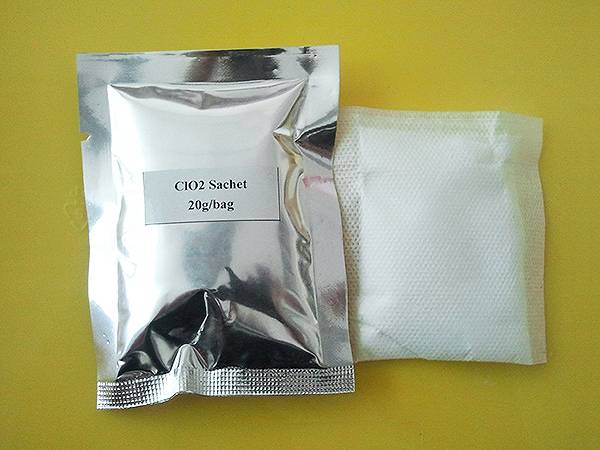



sodium hydroxide for cleaning grease
Sodium hydroxide, often referred to as caustic soda, is a powerful alkaline compound that has made its way into various cleaning products due to its remarkable ability to dissolve grease and other tough substances. When it comes to cleaning, sodium hydroxide is particularly effective at breaking down fats and oils, making it an invaluable tool in kitchens and industrial settings alike.
One of the primary advantages of sodium hydroxide is its high pH level, which allows it to saponify fats. This process transforms oils into soap, which can be easily rinsed away. This property is especially useful in situations where traditional cleaning agents may struggle. Whether dealing with heavy kitchen grease on frying equipment or stubborn residues on kitchen surfaces, sodium hydroxide can effectively cut through the grime.
When using sodium hydroxide for cleaning, safety precautions must be taken. It is a caustic substance that can cause burns if it comes into contact with skin or eyes, so it is imperative to wear protective gear, including gloves and goggles. Additionally, proper ventilation is important to avoid inhaling any fumes that may arise when sodium hydroxide is mixed with water or other cleaning agents.
sodium hydroxide for cleaning grease

For home use, sodium hydroxide can be found in various cleaning formulations, such as oven cleaners, drain cleaners, and specialty degreasers. When using these products, it is essential to follow the manufacturer’s instructions for safe application. For example, in the case of clogged drains, a solution of sodium hydroxide can be poured down the drain to help dissolve built-up grease and food particles, restoring proper flow.
Moreover, while sodium hydroxide is effective, it may not be suitable for all cleaning applications. Surfaces such as aluminum or certain types of plastics can be damaged by this strong alkali. Therefore, it is always advisable to perform a spot test on a small, inconspicuous area before applying it to larger surfaces.
In conclusion, sodium hydroxide is an exceptionally effective agent for cleaning grease and stubborn residues. Its ability to saponify fats and oils makes it a powerful tool in both domestic and industrial cleaning applications. However, understanding the safety precautions and potential risks involved in its use is crucial to harnessing its full potential while ensuring a safe cleaning environment.
-
Why Sodium Persulfate Is Everywhere NowNewsJul.07,2025
-
Why Polyacrylamide Is in High DemandNewsJul.07,2025
-
Understanding Paint Chemicals and Their ApplicationsNewsJul.07,2025
-
Smart Use Of Mining ChemicalsNewsJul.07,2025
-
Practical Uses of Potassium MonopersulfateNewsJul.07,2025
-
Agrochemicals In Real FarmingNewsJul.07,2025
-
Sodium Chlorite Hot UsesNewsJul.01,2025










